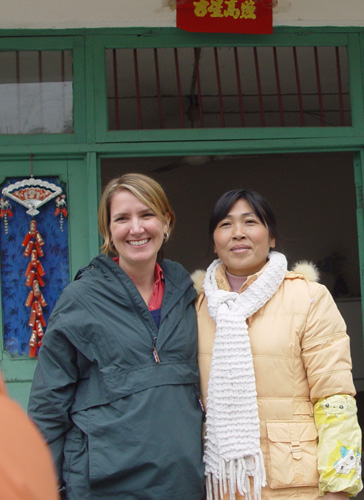I didn’t grow up on a farm or study biology in college. But in spite of that (or perhaps because of
that), I find plants, agriculture and food production absolutely fascinating.
I would rather go to a great farm or botanical garden than to a zoo
any day.
In my work so far, I’ve been lucky to support communications
and policy advocacy around fascinating crops, ranging from the more familiar
crops that are planted on millions of acres (corn, cotton and rice) to those
that are planted in smaller areas or in more specific places, such as papaya
and sweet potato.
In 2015 it looks like I’ll have a chance to add a few more
crops to my list. Here are the kinds of questions that I love to research:
 |
| From IRRI's flickr collection |
2. Who grows it? Some crops are grown only by big farmers who specialize in only growing that crop, often exclusively for sale, or only by small farmers who plant it as a one of several crops they plant for their own consumption as well as sale. The economics of production, consumption and sale of agriculture can make life easier or more difficult for farmers of all kinds. I especially enjoy learning about the challenges and triumphs of women farmers!
 |
| Me and a farmer in China |
3. How does it grow? Despite our name, Seed Stories, not every crop is planted from seeds. Some crops are easy to breed with other varieties, like corn and rice, while others are more difficult while the biology, breeding and reproduction of plants like papaya and sweet potato are much more difficult. There’s an entire field of technology required to create planting material for sweet potatoes that are free from disease.
4. What is it used for? Maize (corn) can be used for animal feed, fresh food, food ingredients and fuel. Cotton fiber is used to make clothes but its oil is also used in food. The different components of rice grain are used for just about everything!
5. How nutritious is it? Some food crops are loaded with vitamins and micro-nutrients that help people stay healthy, while others are primarily a source of energy -- the so-called starchy staples. Sometimes certain varieties of the same crop are more nutritious than others, or can be made more so thanks to biofortification.
 |
| Different varieties of rice in Indonesia |
7. Finally, who can teach me more? The internet, especially sites of the major international agriculture research centers, are great resources – but my favorite teachers are farmers and scientists who work with these crops every day. I’m looking forward to meeting more of them this year!
 |
| Learning about rice from the experts! |
Jill Kuehnert
No comments:
Post a Comment